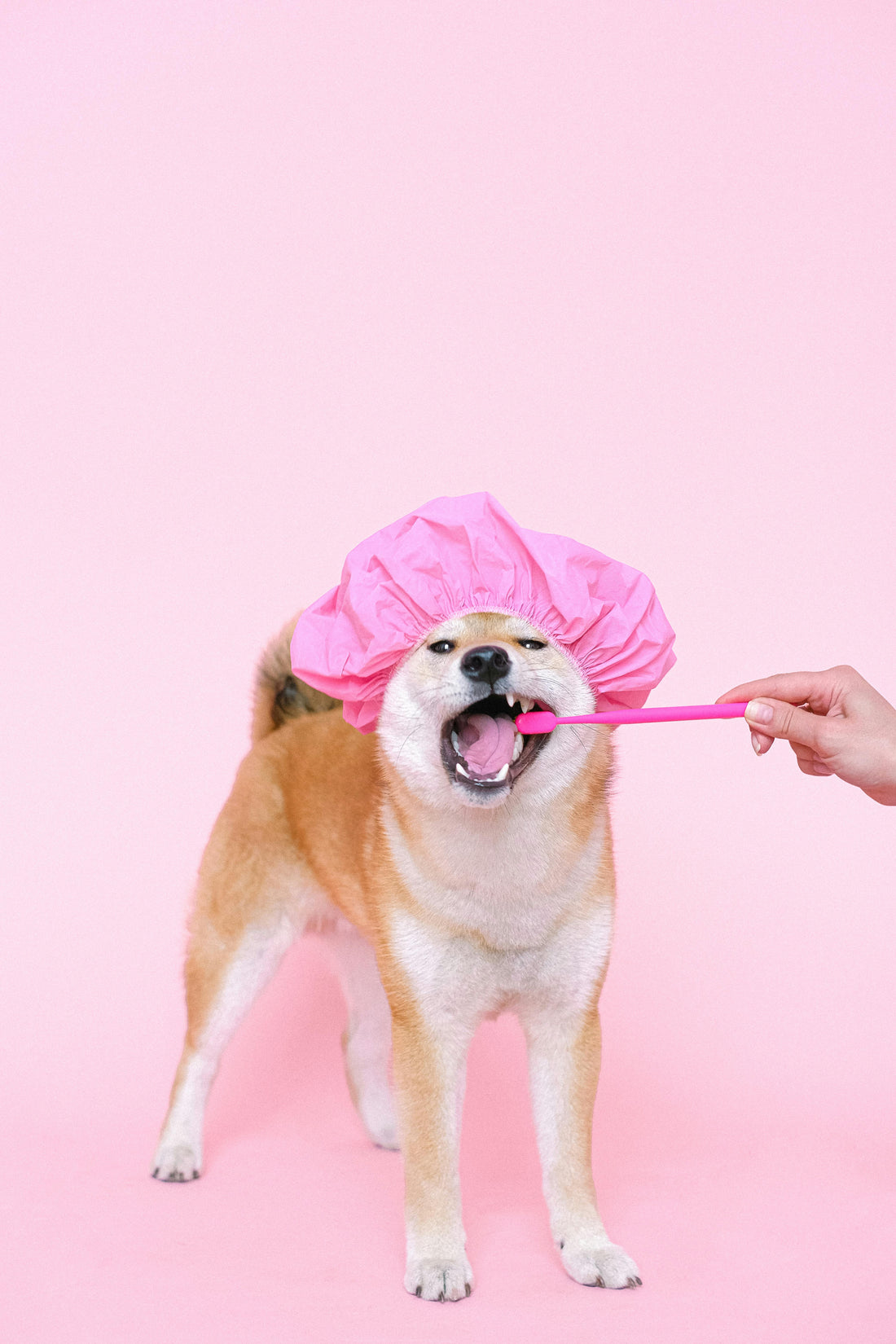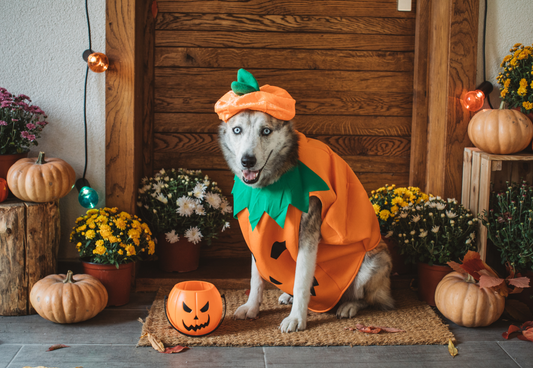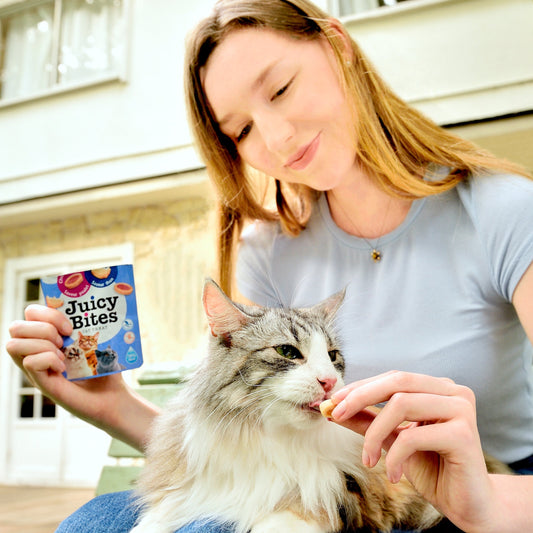Brushing your dog’s teeth might sound like a big job, but it’s one of the most effective ways to prevent dental disease and keep their breath fresh. Still wondering, do you need to brush dog's teeth? The answer is yes. Without regular cleaning, plaque and tartar build up quickly, leading to bad breath, painful gum disease, tooth loss and even infections that can affect your dog’s heart, liver or kidneys.
In this guide, you’ll learn how to brush dog teeth, how often to do it, what to expect and how to support oral health through food and vet care.
Why Brushing Your Dog’s Teeth Matters
Your dog’s mouth is full of bacteria. Over time, those bacteria combine with food particles and saliva to form sticky plaque. If not removed, it hardens into tartar, which pushes under the gumline and causes inflammation, or gingivitis.
A study published in the Journal of Veterinary Dentistry found that dogs who had their teeth brushed daily had significantly less plaque and tartar than dogs who did not. In fact, daily brushing was the most effective method for reducing dental build-up and preventing oral disease.
If your dog already has bad breath, brushing can help. You can also explore our tips on how to fix bad dog breath for extra support.
How Often to Brush Dog Teeth
So, how often to brush dog teeth? Ideally, you should brush your dog’s teeth every day. That’s what most vets (and the research) recommend. If that’s not doable, aim for three to four times a week. at minimum.
Some dogs, especially smaller breeds or those with flat faces, are more prone to dental issues and may need even more frequent care. If your dog eats mainly wet food, plaque can build up faster than with crunchy kibble.
What You’ll Need
Here’s what to have on hand:
- A dog-specific toothbrush (Muslin cloth or finger brush is good to as you work up to a toothebrush or for smaller dogs)
- Toothpaste made for dogs (never use human toothpaste)
- A quiet space and a calm moment
Some owners start by letting their dog sniff and taste the toothpaste, and just use their own finger working up to a muslin cloth before introducing the brush. Building trust and familiarity is key.
Step-by-Step: How to Brush Dog Teeth
- Set the mood. Sit somewhere calm and distraction-free.
- Let them try the toothpaste. Dog toothpaste comes in flavours like chicken, beef or peanut butter.
- Lift the lip. Gently lift your dog’s upper lip and brush a few front teeth.
- Use small circles. Work towards the back molars with light, circular motions.
- Focus on the outer surfaces. That’s where plaque tends to build up most.
- End on a high note. Give praise or a treat to make it a positive experience.
If you’re unsure what to look out for, browse some dog gum disease pictures to get a clearer idea of what’s normal and what needs a vet’s attention.
What to Expect After Dog Dental Cleaning
If your dog has recently had a professional cleaning, it’s a great time to start brushing. Their teeth will be plaque-free, and their gums will likely be less inflamed.
You might notice mild sensitivity for a day or two, but most dogs bounce back quickly. For more guidance, read what to expect after dog dental cleaning to help you prep and follow through.
Support Brushing with Healthy Food
Brushing is your main defence, but nutrition plays a big role too. A dog food, healthy in high-quality proteins, dental-supportive ingredients and low in fillers, can improve oral health.
Look for food with added enzymes or crunchy textures that help scrape away plaque. Avoid sugar-heavy treats and opt for options designed with dental support in mind.
Regularly offering things like raw bones and even carrots will do wonders for their oral health.
If your dog has chronic gum inflammation, it’s worth exploring what causes stomatitis in dogs and how diet and brushing can help manage flare-ups.
Make It a Habit
So, do you need to brush dog teeth? Absolutely. Regular brushing is one of the best ways to protect your dog from pain, disease and expensive vet bills.
Make it part of your routine. Brush after a walk, before bed or after dinner, whatever suits your schedule. Keep sessions short and stress-free, reward your pup and stay consistent.
A cleaner mouth means better breath, healthier gums and a happier dog. With a little patience and the right tools, brushing your dog’s teeth can become second nature for both of you.




